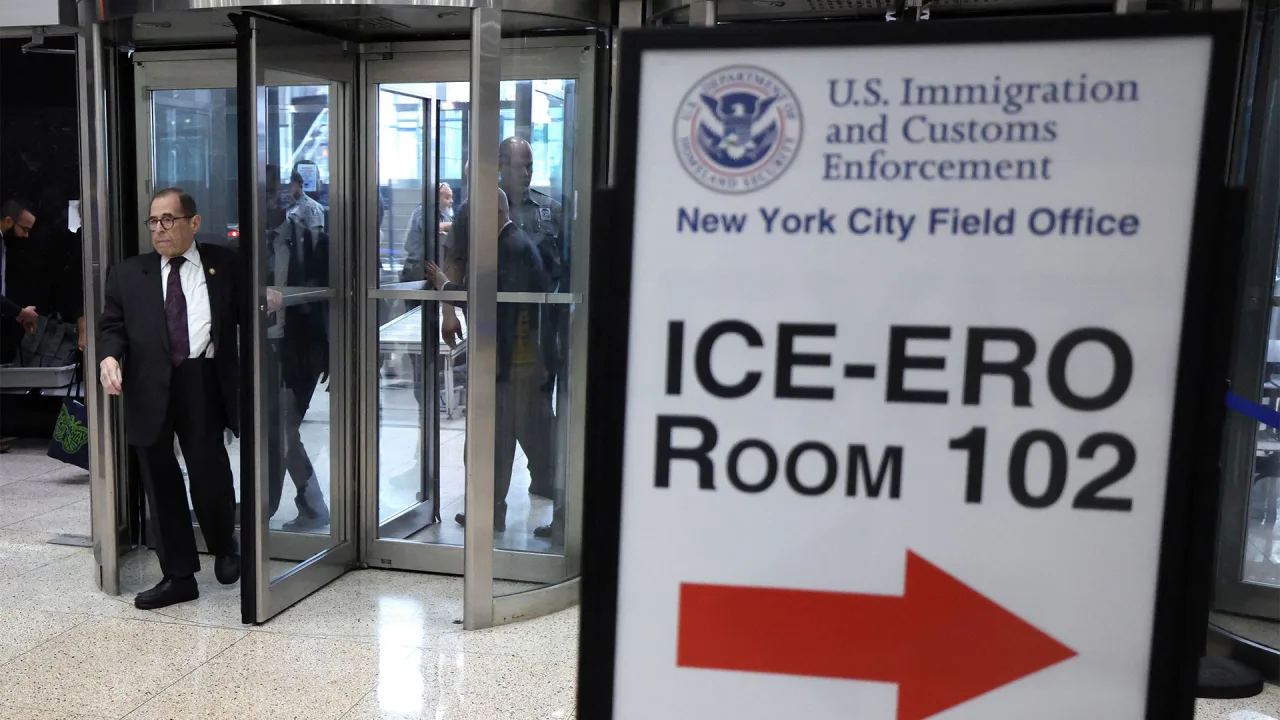E-2 Visa Business Plans: Financial Forecasting That Actually Works
Learn how to create accurate, compelling financial forecasts for your E-2 visa business plan. Discover key components, common mistakes to avoid, and expert tips for approval.

Introduction: Why Financial Forecasting Matters in an E-2 Visa Plan
Applying for an E-2 Investor Visa requires more than just a business idea — it demands a detailed and credible business plan, particularly one with strong, realistic financial forecasting. U.S. immigration officers closely examine financial projections to determine the viability of the business and the credibility of the investor.
In this guide, we’ll break down the key components of effective financial forecasting in an E-2 business plan, share best practices, and show you how to present numbers that not only meet visa requirements but also reflect real-world business strategy.
Understanding the E-2 Visa Financial Requirements
The E-2 visa allows nationals of treaty countries to invest in and run a business in the United States. One of the key elements of the application is a comprehensive business plan that includes:
-
Initial investment amount
-
Business operational strategy
-
5-year financial projections
-
Job creation estimates
-
Sustainability and growth outlook
Your financials are not just numbers—they must tell the story of a sustainable business that will contribute to the U.S. economy and support at least marginal profitability.
What Immigration Officials Look for in Financial Forecasts
When reviewing an E-2 business plan, U.S. immigration officers want to know:
-
Is the business economically viable?
-
Can it generate enough revenue to support the investor and any U.S.-based employees?
-
Does it look like a legitimate, well-thought-out business, or just a shell to get a visa?
Financial forecasts should answer these concerns by showing:
-
Revenue growth over time
-
Profitability within 5 years
-
Clear cost structure and operational expenses
-
Logical employee hiring timeline
Key Financial Sections in an E-2 Business Plan
Your E-2 Visa business plan should include the following financial components, formatted for clarity and consistency.
1. Start-Up Costs and Capitalization Table
This outlines the total capital investment made into the business, including:
-
Lease deposits
-
Equipment purchases
-
Inventory
-
Legal and professional fees
-
Initial marketing expenses































































![https //g.co/recover for help [1-866-719-1006]](https://newsquo.com/uploads/images/202506/image_430x256_684949454da3e.jpg)
























![How Smart PMs Scale Their Careers in Any Org [TPG Live Recap]](https://tpgblog.com/wp-content/uploads/2025/06/2025-06-12-thumbnail-action.png?#)





















































